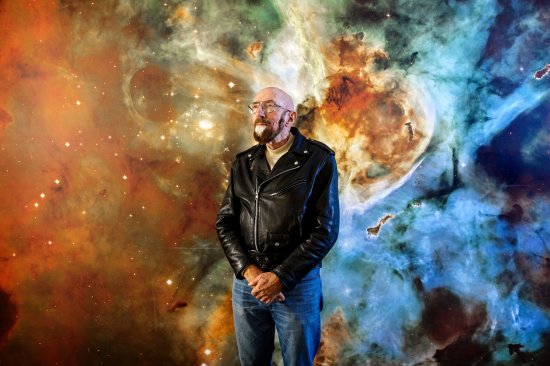
Cosmic visionary
About 1.3 billion years before Kip Thorne was born, a pair of black holes collided in space, rattling the fabric of space-time itself. The gravitational ripples of that long-ago cataclysm traveled the universe, heading for an improbable encounter with sentient beings sophisticated enough both to detect them and to recognize their origin. It was Kip, 75, a Caltech- and Princeton-trained astrophysicist, who made that discovery possible. As the leading founder, in 1984, of the Laser Interferometer Gravitational-Wave Observatory (LIGO), he played a critical role in developing the instruments that detected the waves and in so doing confirmed a prediction Albert Einstein made a century before.
Kip deflects credit for the breakthrough, pointing to the younger physicists who kept the project running over the years, and they deserve praise. But as I learned when I worked with him on Interstellar, it takes a person who can not only understand the science but communicate it to make a project like LIGO happen. I used to joke that I could talk to Kip about physics for only 45 minutes before my brain would begin to feel hot. I’d say to him, “We have to come back to this another day. You’ve used me up.” As the body of work Kip has produced over his career makes clear, he has the kind of brain that never gets used up—and we’re all better for that.
Nolan is the acclaimed director of such films as Memento, Inception and Interstellar